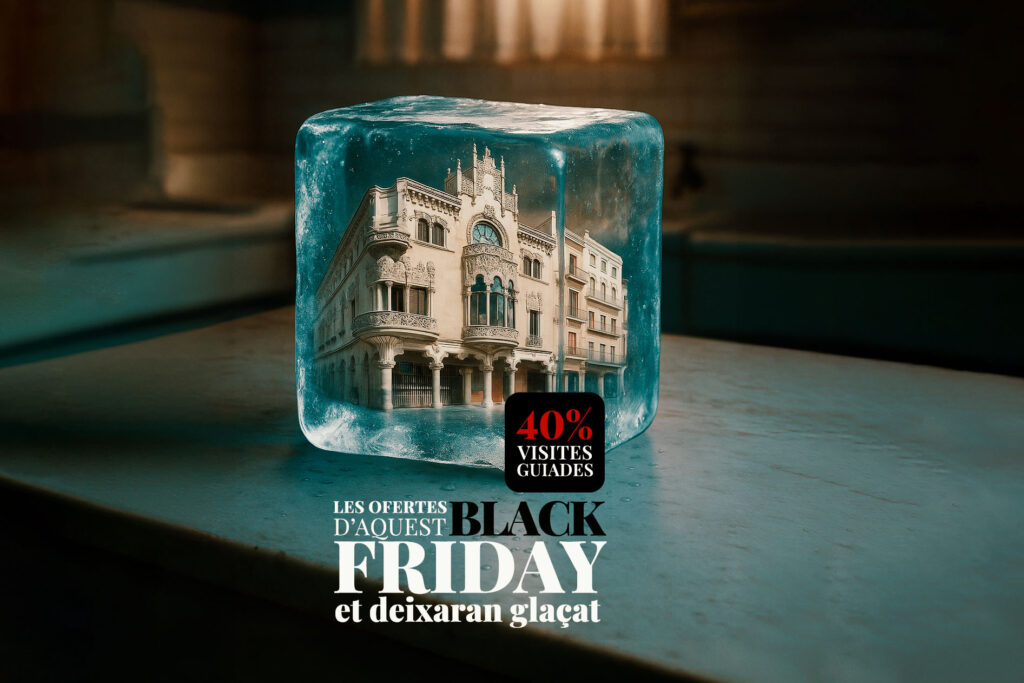This Black Friday, Casa Navàs presents an exceptional cultural offer for those eager to discover Modernisme from the inside. From 21 to 28 November, visitors can purchase tickets for the guided tour for only 8 €, a remarkable 40% discount off the regular price.
Casa Navàs is renowned as one of the best-preserved Modernista interiors in Europe. Designed by Lluís Domènech i Montaner and exquisitely decorated by Gaspar Homar, the house preserves original stained-glass windows, mosaics, carvings, furniture, and decorative elements that showcase the elegance and creativity of Catalan Modernisme.
This Black Friday promotion aims to make the experience accessible to a wider audience. Tickets are available through casanavas.cat. Once purchased, they must be validated by emailing [email protected] or directly at the entrance. The tickets remain valid until 14 March 2026, giving visitors complete freedom to plan their visit at their convenience.
The promotion applies exclusively to guided tours from Monday to Friday, between 7 January and 14 March 2026, excluding public holidays. These quieter days offer the perfect opportunity to enjoy the visit calmly and to explore the intricacies and beauty of the interiors without crowds.
In a season dominated by commercial discounts, Casa Navàs proposes a different kind of Black Friday: a cultural Black Friday, inviting the public to gift and experience beauty, heritage, and history. The 40% discount makes it an ideal moment to surprise loved ones or to treat oneself to a culturally enriching outing.
Whether you are discovering Casa Navàs for the first time or returning for another look, this Black Friday is the perfect chance to experience one of Catalonia’s architectural jewels.





